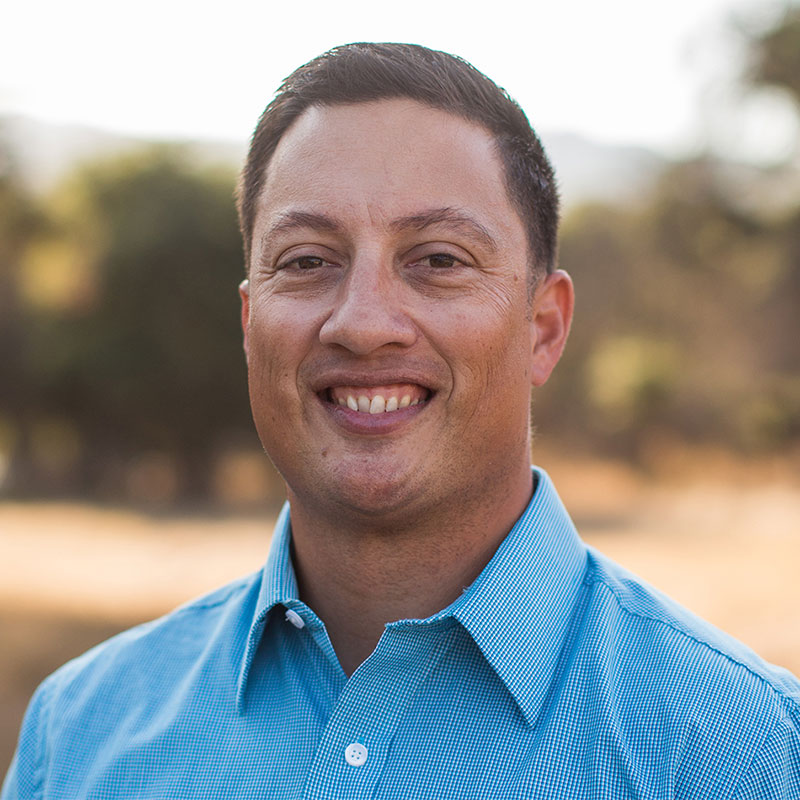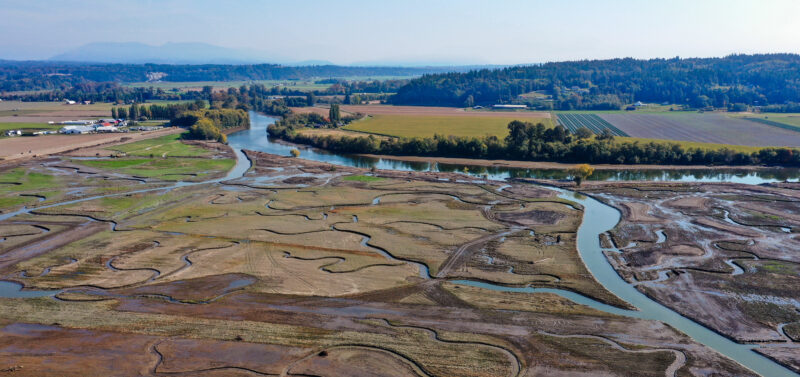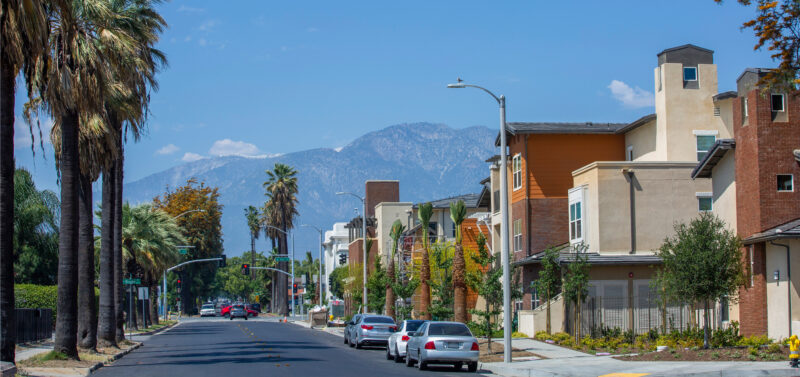The commercial drone package delivery sector is growing rapidly, with multiple operators looking to gain...
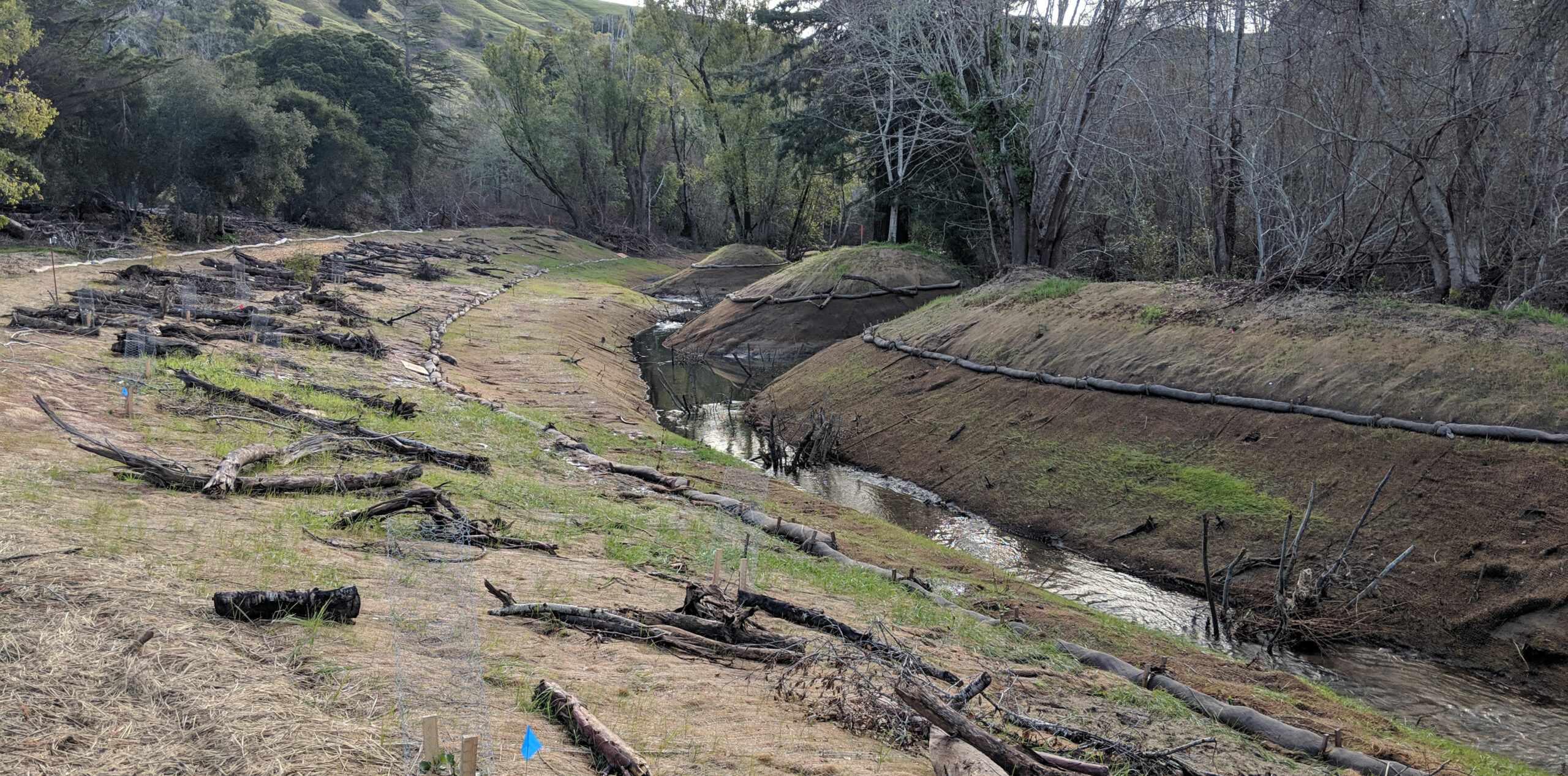
Lagunitas Creek Floodplain and Riparian Enhancement
More than 11,000 cubic yards of historically placed fill was excavated to expand the riparian corridor with a new, well-connected floodplain and secondary channel complex that provides rearing habitat for endangered Central California Coast Coho Salmon.
Why does this project matter?
Lagunitas Creek provides critical habitat for endangered Coho Salmon and California Freshwater Shrimp, and threatened Steelhead Trout. In fact, Lagunitas Creek supports the largest and southern most spawning run of Coho Salmon in the Central California Coast Coho Salmon Evolutionary Significant Unit. As such, the California Department of Fish and Wildlife (CDFW) lists Lagunitas Creek as one of four high priority watersheds for restoration efforts aimed at improving habitat conditions for the recovery of the species.
What is ESA doing to help?
Several organizations collaborated to implement this important project located within the north district of Golden Gate National Recreation Area, including Salmon Protection and Watershed Network (SPAWN) at the lead, the National Park Service (NPS), and ESA’s technical design and restoration experts. The California Department of Fish and Wildlife (CDFW) Fisheries Restoration Grant Program (FRGP), California State Coastal Conservancy’s Proposition 1 Grant Program, and California State Water Board Clean Water Act Section 319(h) Grant Program, provided generous funding for this project to come to life.
To meet the project’s goals to improve water quality and increase rearing habitat for Central California Coast Coho Salmon and Steelhead Trout, ESA designed 1,300 feet of well-connected floodplain expansions, secondary channels, and transitional ecotone slopes, all enhanced with a variety of large wood and biotechnical habitat structures. Our design planning included performing a feasibility study, developing conceptual plans, conducting design analyses, and preparing construction documents. We also provided SPAWN support with permitting, environmental compliance, and landowner, community, stakeholder, and resource agency outreach.
Construction was completed in 2019. The team removed more than 11,000 cubic yards of fill from past developments to create a mosaic of floodplain habitat that will support the recovery of Central California Coast Coho Salmon and Steelhead Trout. Since construction, the project has experienced several large winter storms and continues to provide the intended design functions.
Connect with our team
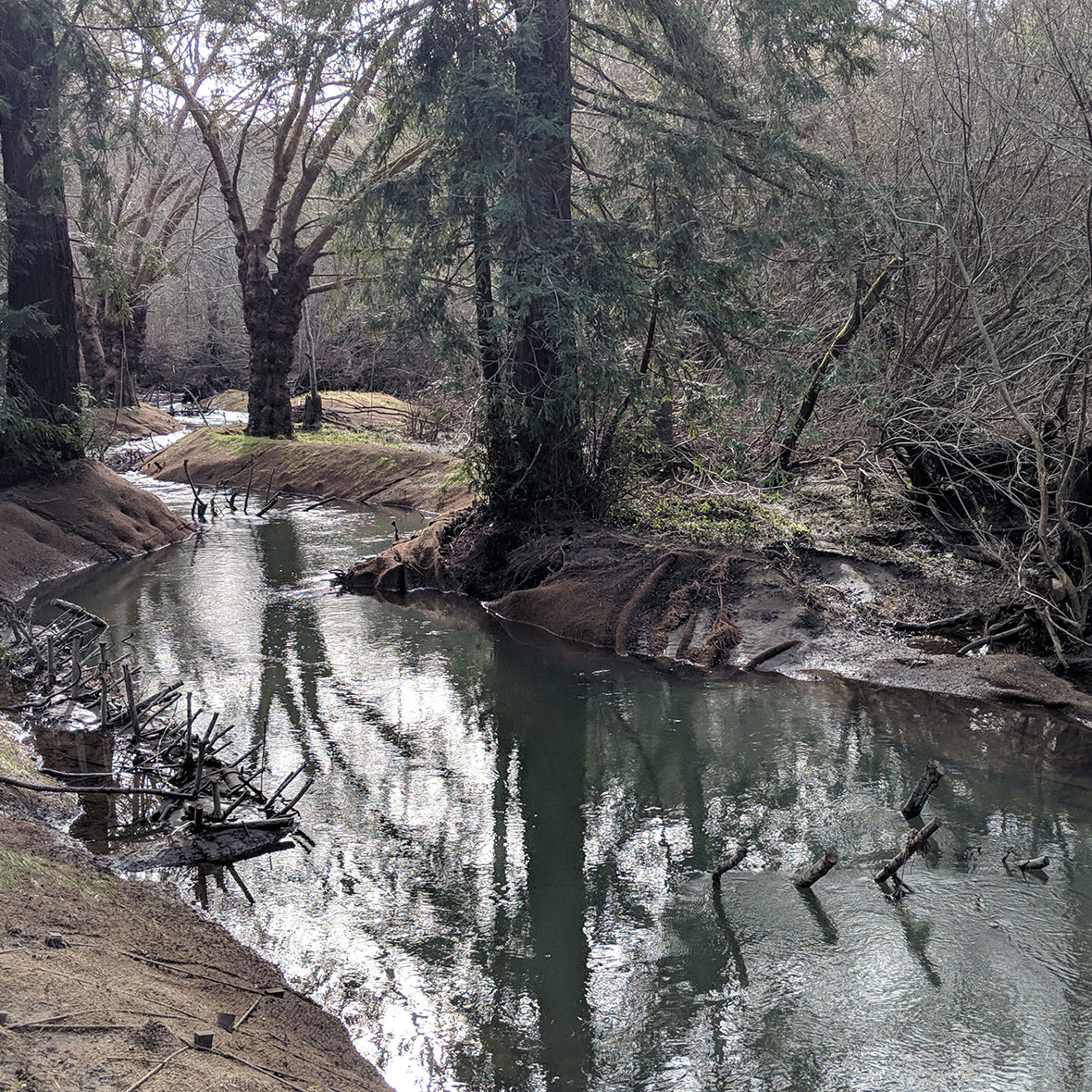
News & Ideas
ESA is leading dozens of restoration projects across the Pacific Northwest, in collaboration with tribes...
This new framework marks a significant change in how historic resources are considered during environmental...
Drones are reshaping industries from infrastructure, to agriculture, to emergency response—and the FAA's proposed new...
With the shutdown behind us, federal agencies and Congress are shifting back into gear and...
Kay will lead ESA’s firmwide growth strategy, aligning business development, client engagement, and marketing to...
